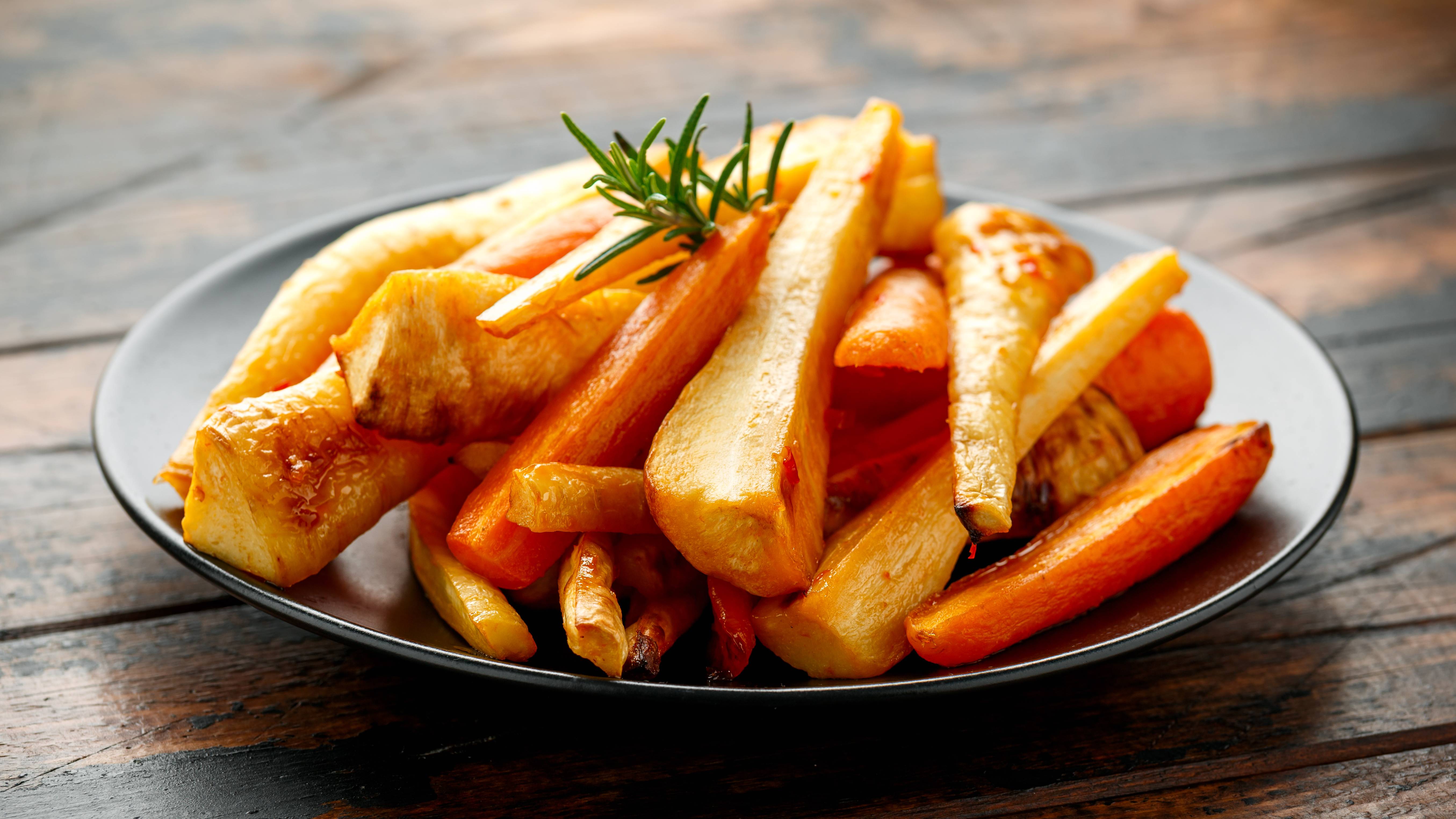
Jessica Ransom
Gordon Ramsay's honey-glazed carrots and parsnips are easy to make using a select few spices and herbs to make them even tastier.
Gordon cooks his carrots and parsnips on the hob in a large sauté pan so you don’t have to worry about oven space! These are perfect with any roast dinner and would make an excellent addition to your festive spread. Leftovers can be chopped up for bubble and squeak or mixed into a pie filling.
Ingredients
- 500g parsnips
- 500g carrots
- 2–3 tbsp olive oil
- Few thyme sprigs
- 1 cinnamon stick, broken in two
- 3 star anise
- Sea salt and freshly ground black pepper
- 1–2 tbsp clear honey
- Splash of water
- Few knobs of butter
WEIGHT CONVERTER
Method
- Peel and halve or quarter the parsnips and carrots so that the pieces are of a similar size.
- Heat the olive oil in a large sauté pan, then add the carrots and parsnips and toss to coat in the oil. Add the thyme, cinnamon, star anise and some seasoning.
- Cook over a medium heat for 15–20 minutes, turning the vegetables frequently, until golden brown and almost cooked through.
- Drizzle over the honey and cook until the vegetables start to caramelise. Deglaze the pan with the water and increase the heat. Cook for 2–3 minutes, until the liquid has evaporated and the carrots and parsnips are cooked through.
- Stir through a few knobs of butter to glaze.
Top tips for making Gordon Ramsay's honey-glazed carrots and parsnips
If you don’t have fresh thyme sprigs you can substitute them with rosemary, or use half a teaspoon of dried thyme.
Should you peel carrots and parsnips before cooking?
Gordon says: ‘There’s no need to waste time peeling the carrots and parsnips - just give them a good scrub.’
Should you boil carrots and parsnips before roasting?
If you’d like a quicker cooking time you could parboil your carrots and parsnips to soften them a little. Allow to steam dry before tossing in hot oil for a crispy outside, as you would for roast potatoes.
Do you remove the core of parsnips before cooking?
Further into the season, after the first frosts, parsnips become larger and sweeter. At the same time, the cores can become a little tougher. There is no need to remove the core of parsnips, unless it has become fibrous. Even then, it's not harmful to eat, you just might find it a little chewy.
Christmas with Gordon by Gordon Ramsay (Quadrille, £26.99) - View at Amazon
For more tempting recipes you can cook over the festive season and beyond, Gordon has plenty of inspiration. He also has tips on drink pairings and how to have a stress-free feast.
This Gordon Ramsay beef Wellington recipe is another festive classic but it’s great for any special occasion. Gordon Ramsay's Brussels sprouts with pancetta are another classic side dish for over the festive season. You might also like this Gordon Ramsay turkey , it has a delicious flavoured butter.

Gordon Ramsay is a celebrity multi-Michelin starred chef. Born who in Scotland, he has restaurants all over the world including the UK, France, Singapore, Hong Kong and the United States. He’s a proud father-of-five and many of his recipes are particularly suited to if you’re entertaining for your family or a group of friends. He trained with some of the world’s most renowned chefs including Albert Roux, Marco Pierre White and Guy Savoy and opened his first restaurant, Restaurant Gordon Ramsay, in 1998.
- Jessica RansomSenior Food Writer
-
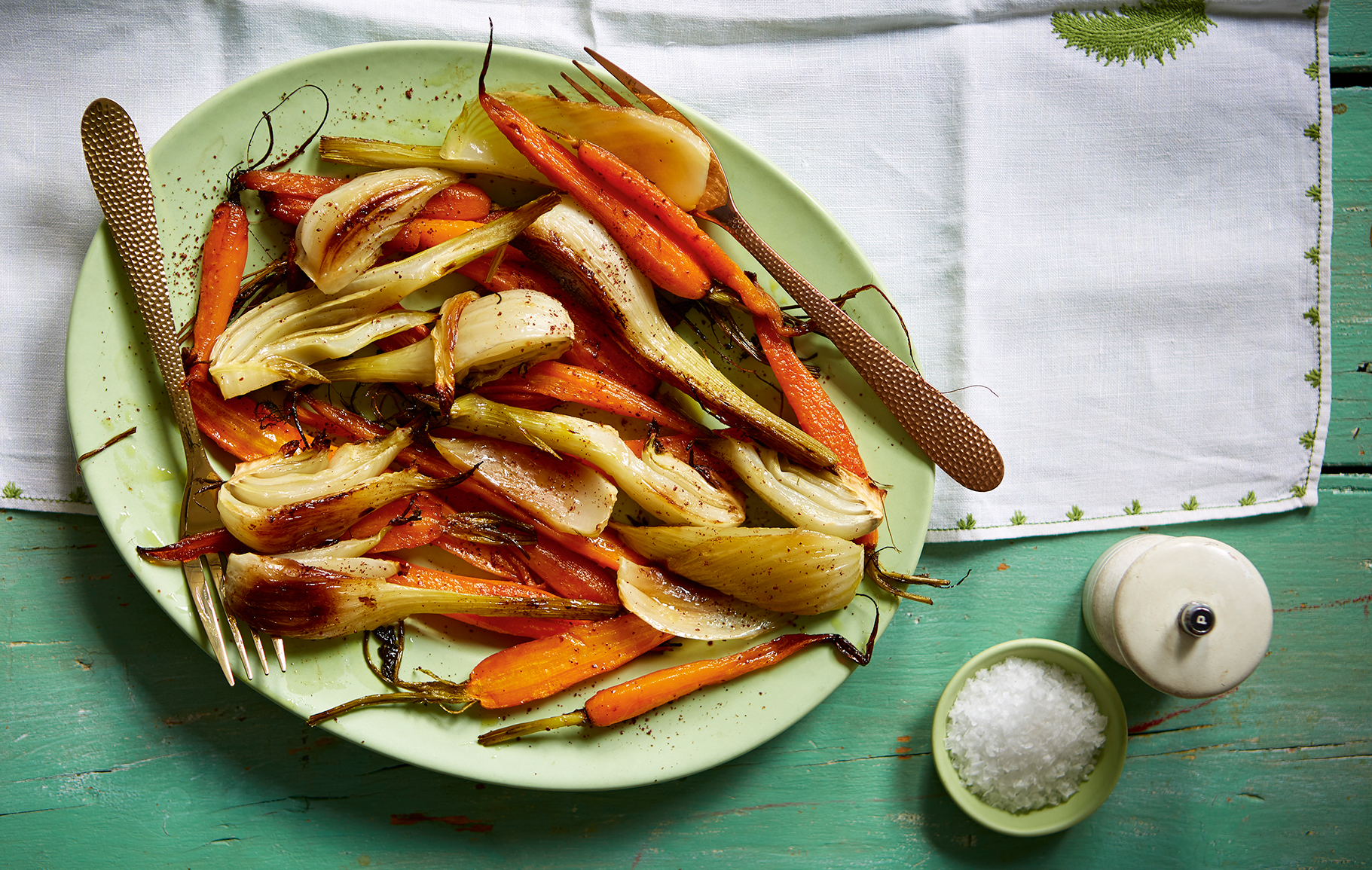 Sumac roasted fennel and carrots recipe
Sumac roasted fennel and carrots recipeRoasted carrots go well with fennel, which sweetens up as it cooks.
By Samuel Goldsmith Published
-
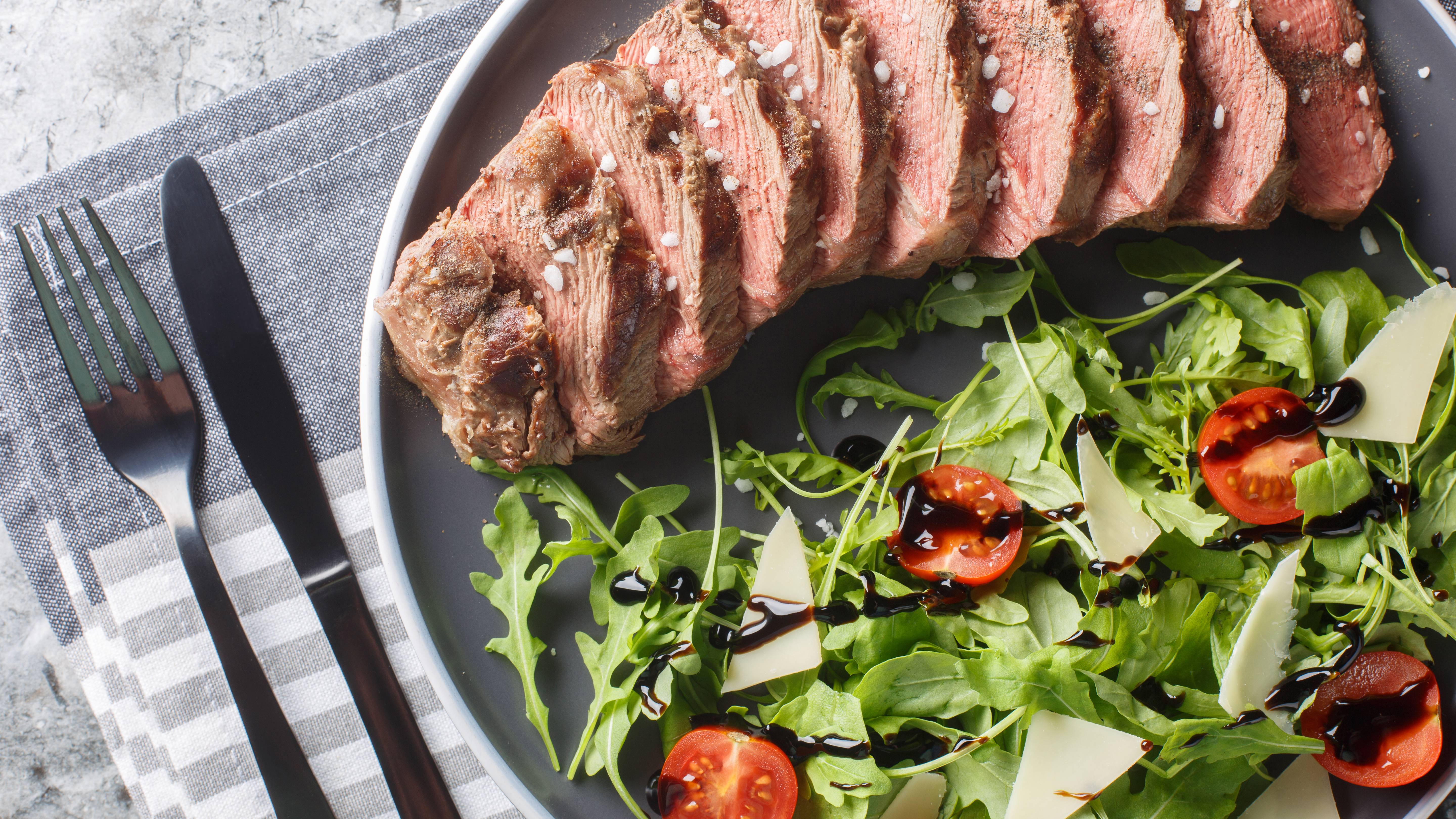 Gordon Ramsay's roast beef fillet
Gordon Ramsay's roast beef filletGordon Ramsay's roast beef fillet takes 30 minutes to cook and is under 450 calories per portion.
By Gordon Ramsay Last updated
-
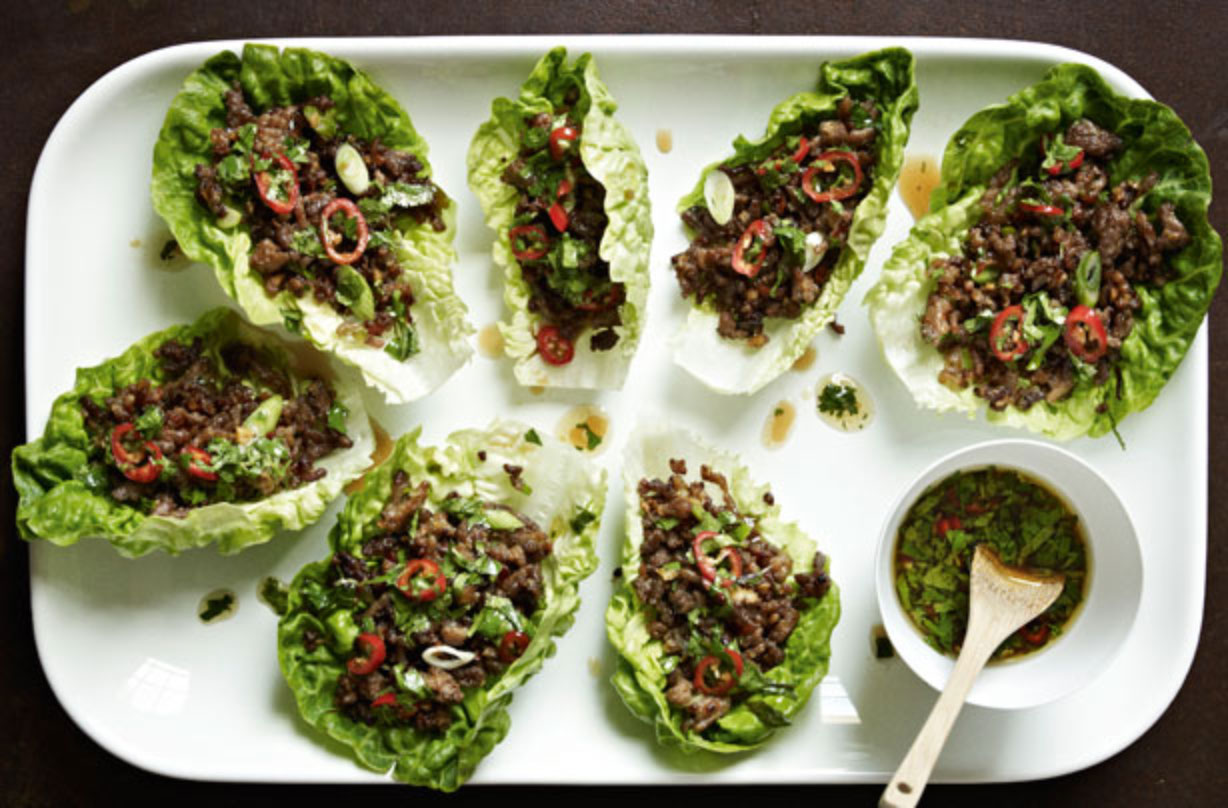 Gordon Ramsay's chilli beef lettuce wraps
Gordon Ramsay's chilli beef lettuce wrapsGordon Ramsay's chilli beef lettuce wraps are such a tasty little snack or starter - spicy beef wrapped in crisp lettuce leaves and topped with a fragrance sauce.
By Gordon Ramsay Published
-
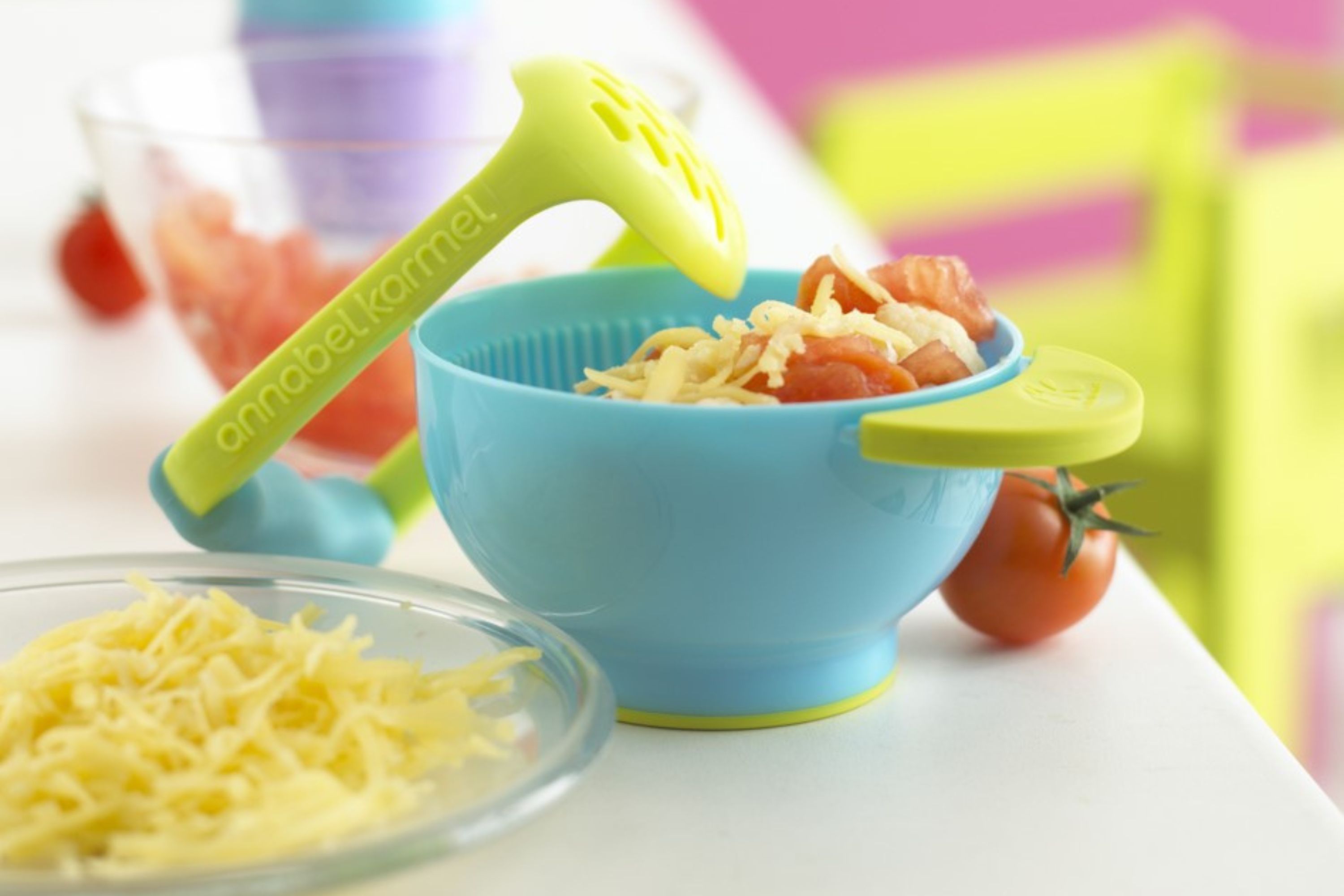 Annabel Karmel's trio of vegetables with tomato and basil
Annabel Karmel's trio of vegetables with tomato and basilSuitable for six months plus, this baby food by nutritional expert Annabel Karmel is made with a whole heap of veggies...
By Annabel Karmel Published
-
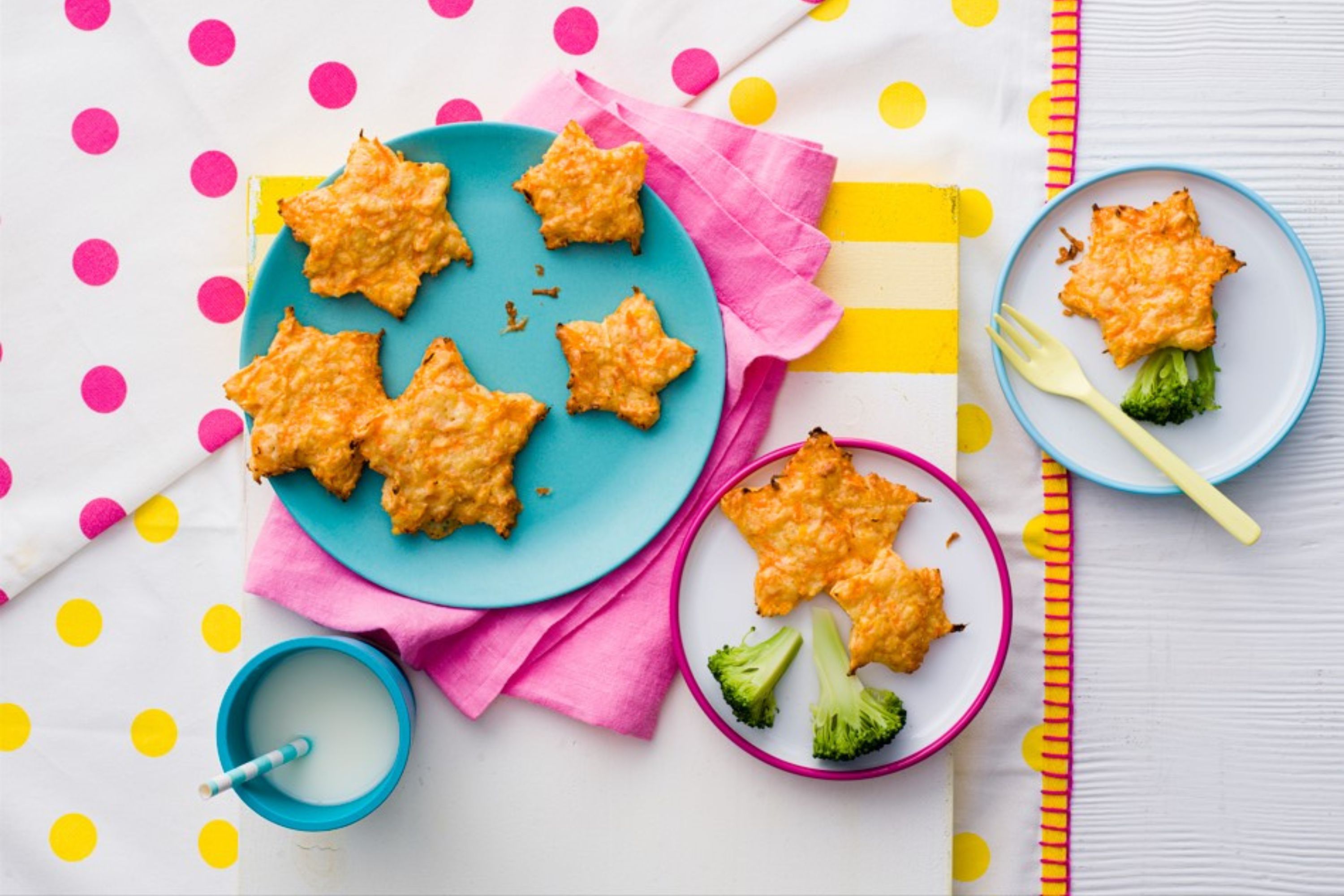 Annabel Karmel's cheesy carrot stars
Annabel Karmel's cheesy carrot starsThese flavour-packed cheesy carrot stars by Annabel Karmel are perfect for introducing finger foods to your little one...
By Annabel Karmel Published
-
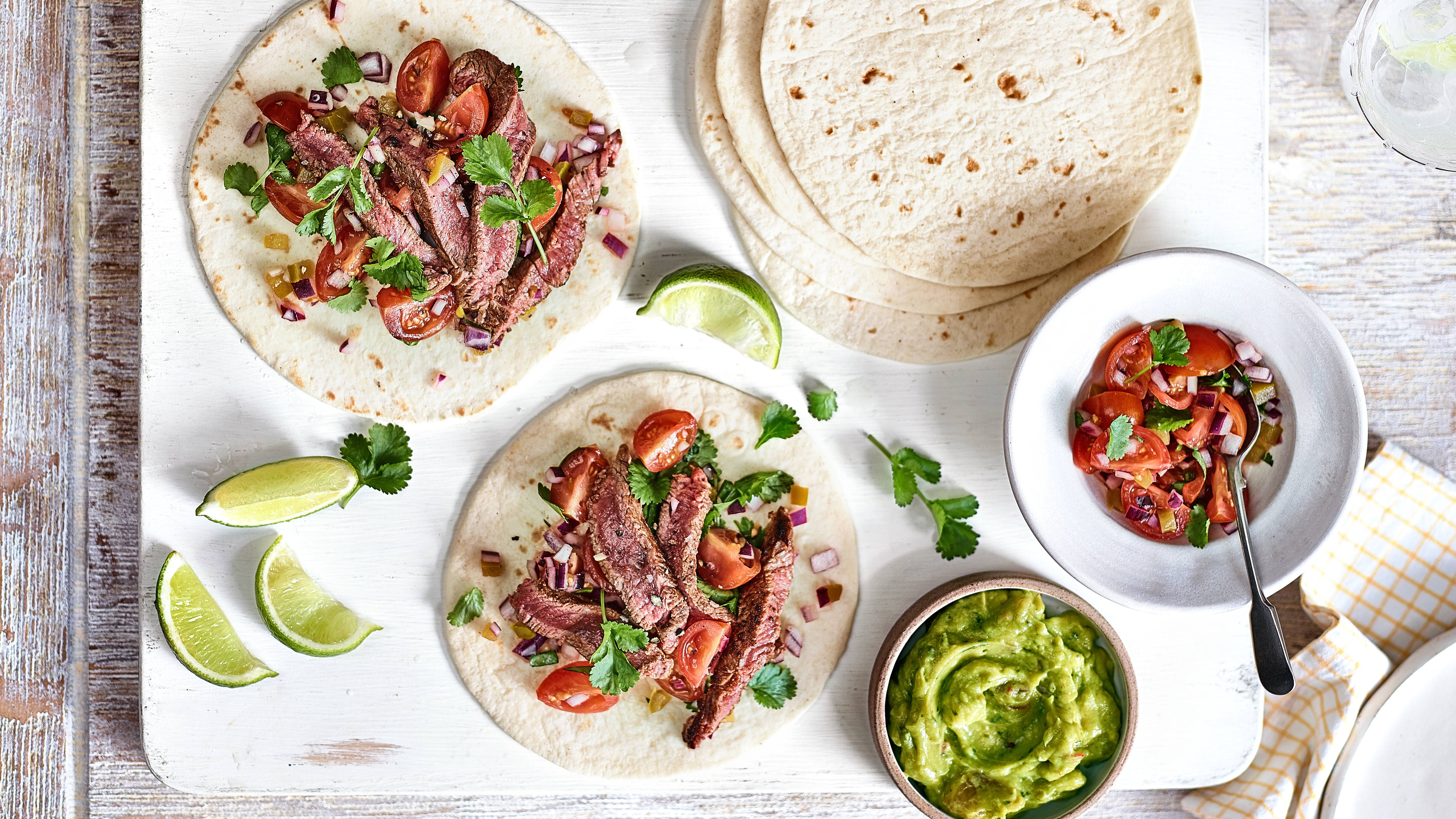 Steak and salsa wraps
Steak and salsa wrapsOur steak and salsa wraps are one of those build-you-own suppers the teens in your house will love...
By Jessica Ransom Published
-
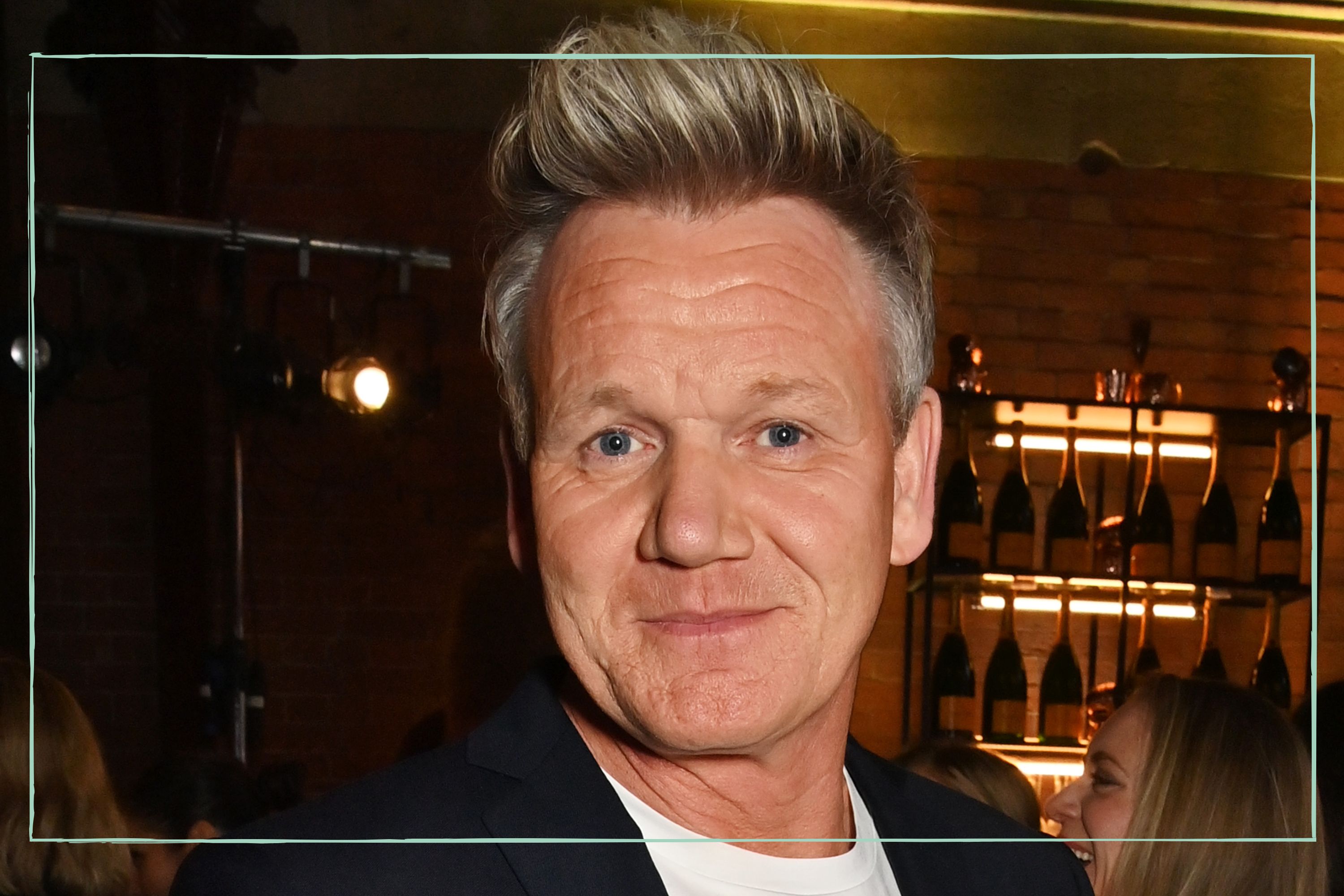 Gordon Ramsay’s son Oscar looks ‘adorable’ on his first day at school but there's one detail parents can totally relate to
Gordon Ramsay’s son Oscar looks ‘adorable’ on his first day at school but there's one detail parents can totally relate toThe celebrity chef has shocked fans with how quickly his youngest son has grown up
By Selina Maycock Published
-
 30 Bluey baby names: Would you name your little one Calypso, Honey or Coco?
30 Bluey baby names: Would you name your little one Calypso, Honey or Coco?These Bluey baby names for boys and girls are unusual choices, but could be perfect for fans of the children's cartoon.
By Ellie Hutchings Published
-
 Surprisingly cheap Mother's Day gift mums ACTUALLY want as chocolate and jewellery drop in popularity
Surprisingly cheap Mother's Day gift mums ACTUALLY want as chocolate and jewellery drop in popularityNew research has found that many mums in the UK have a very simple wish list this Mother's Day
By Emma Dooney Published
